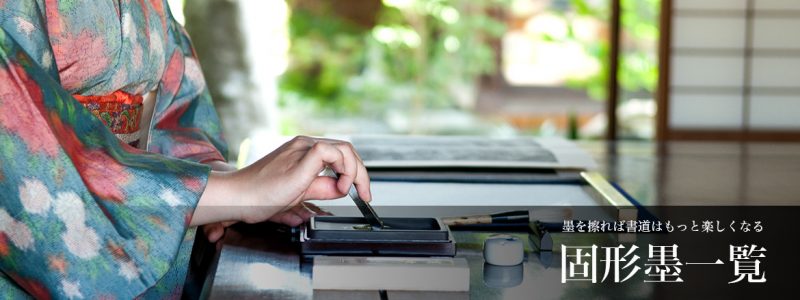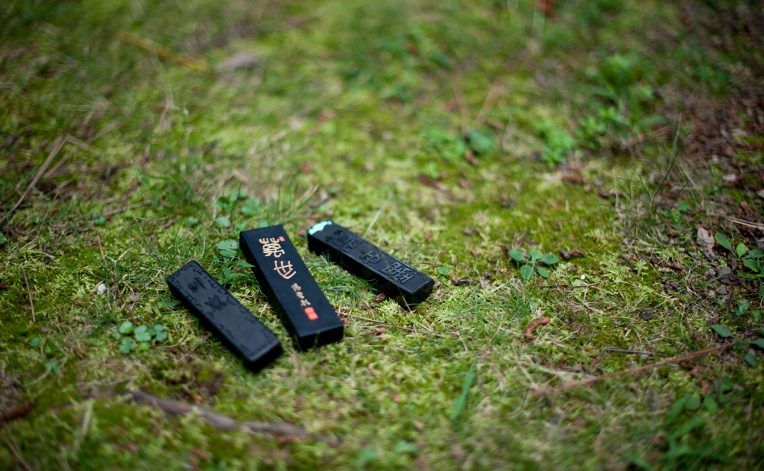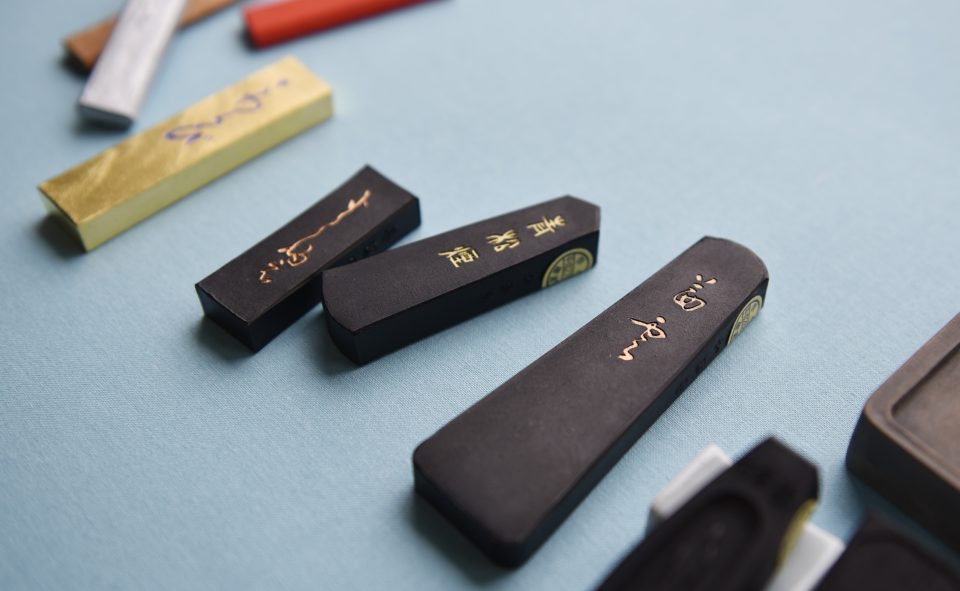“The introduction of ink (Sumi) to Japan and the history of Japanese ink.”
The introduction of ink to Japan is believed to have occurred around the same time as the introduction of writing. As indicated by the golden seal of the “Kingdom of Wo” (Kan’Wa Na), it is thought that the people of Han (China) became aware of writing and ink at that time. According to the “Weishu Weiren Zhuan” (Records of Wei: Account of the Wa People) from the year 239, Queen Himiko sent an envoy with a letter to Luoyang in Wei, and it is also mentioned in the “Jinshu” (Book of Jin) and “Songshu” (Book of Song) that the five kings of Wa (San, Chin, Sai, Kō, and Bu) also sent letters. It can be inferred from this that by this time, the existence of brushes and ink was well-established. However, these are only speculations, and detailed information is not known.
In the “Nihon Shoki” (Chronicles of Japan), it is written that in the 18th year of Empress Suiko (610 AD), in the spring of March, the king of Goguryeo presented a Buddhist scripture to Japan, and a Buddhist monk named Domyeong (from the Asuka period) who accompanied him was knowledgeable in the five classics and skilled in making colored pigments, paper, and ink. This is considered to be the oldest record related to ink in Japan. It is known that when Prince Shotoku wrote the “Hokke Gengi” (Commentary on the Lotus Sutra), he used the pine soot ink brought by Domyeong, and fragments of a circular inkstone found at the ruins of Asuka’s capital indicate that ink was already being ground on inkstones at that time.
With the implementation of the Ritsuryō system following the death of Prince Shotoku, the Daihō Ritsuryō was enacted in 701, and the Nakatsukasa no Sho (Ministry of Central Affairs) was responsible for ink production. Ink was considered a valuable item and the demand for ink used for copying Buddhist scriptures increased with the flourishing of Buddhism.
During the Heian period, there was an increase in the mass production of ink, particularly the pine soot ink (Matsu-en sumi), and it began to permeate among the general population. Japan was the pioneer in the development of oil soot ink ahead of other countries, responding to the increasing demand for ink.
During the late Heian period, there was an active trade between Japan and Song Dynasty China, leading to the introduction of ink painting and the flourishing of calligraphy by Zen monks. This further increased the demand for ink, and many skilled calligraphers emerged in Japan.
Thus, during the Heian period, while the mass production of pine soot ink (Matsu-en sumi) was widespread, research and development of oil soot ink were also conducted, marking a transitional period for ink.



